News
A Forgotten Cure
Writer/Director Emma Watts shares her journey into making the new SBS documentary, Last Chance to Save a Life; a film which takes us on the harrowing, yet hopeful journey of three patients with superbug infections at risk of losing a limb or their life.
With the support of VicScreen’s Victorian Production Fund, Emma and her documentary crew follow patients in real time as they are injected with trillions of viruses as a last line of treatment. Last Chance to Save a Life explores the extraordinary power and challenges of ‘phage therapy’; a strange and elusive 100-year-old treatment that could hold one of the keys to humanity’s survival against widespread antibiotic-resistant infections.
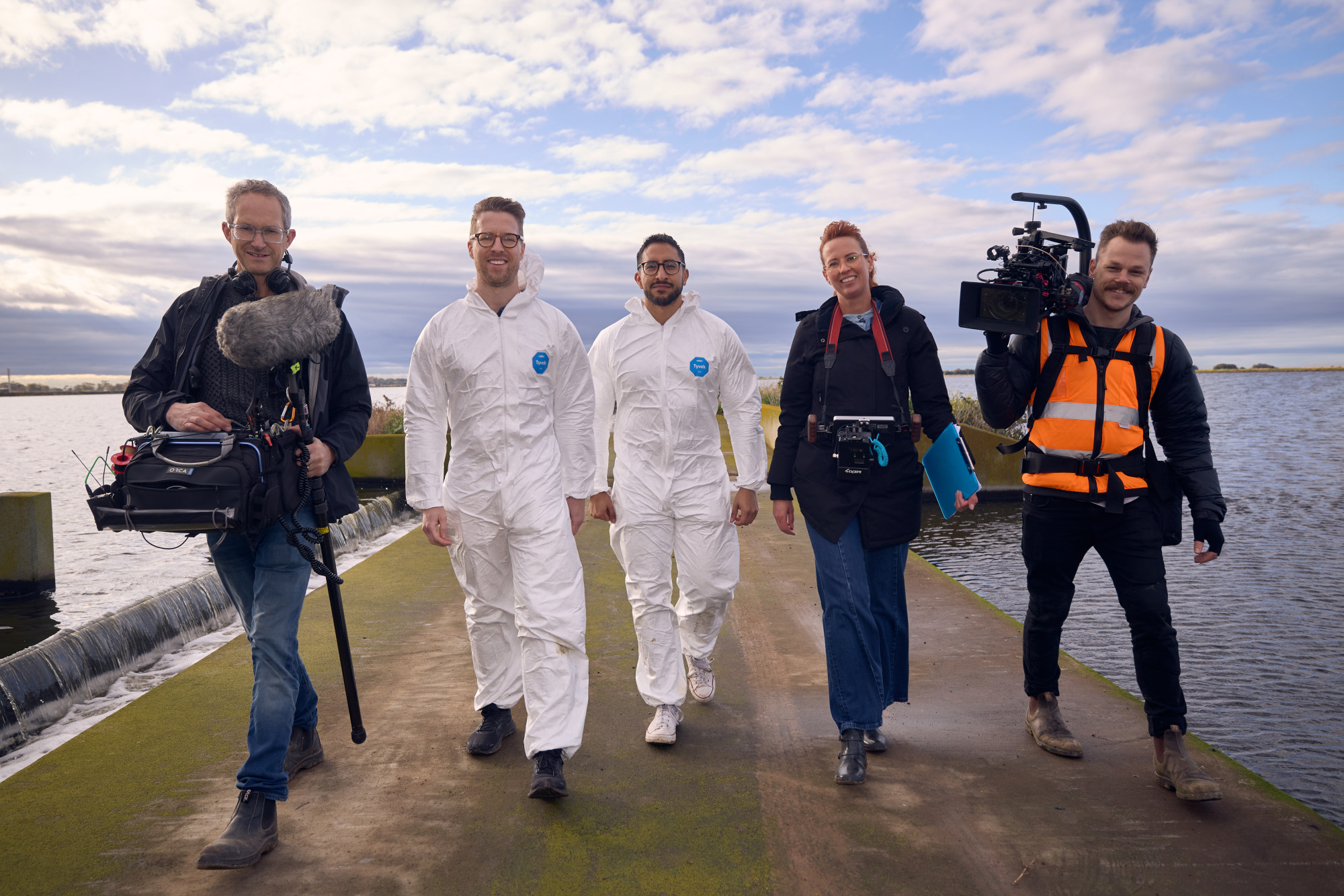 L-R Luke Armstrong (Sound Recordist), Associate Professor Jeremy Barr (Phage Biologist at Monash University, Melbourne), Dr Fernando Gordillo Altamirano (Phage Therapy Researcher at The Alfred Hospital, Melbourne), Emma Watts (Writer/Director), Stu Heppell (DOP) at the Western Treatment Plant, Melbourne (Wathaurong Country). Photo by Ben King
L-R Luke Armstrong (Sound Recordist), Associate Professor Jeremy Barr (Phage Biologist at Monash University, Melbourne), Dr Fernando Gordillo Altamirano (Phage Therapy Researcher at The Alfred Hospital, Melbourne), Emma Watts (Writer/Director), Stu Heppell (DOP) at the Western Treatment Plant, Melbourne (Wathaurong Country). Photo by Ben King
Filmmaker Emma Watts has been making documentaries for 15 years now, having earned her stripes at the ABC producing segments for the national weekly arts program, Art Nation. “I worked at the ABC for five years and was really lucky, they gave me a bunch of freedom and let me make a couple of half-hour documentaries when I was quite young.” This resulted in Emma receiving funding to helm her first project, a factual series titled No Strings Attached where she interviewed hundreds of people about their online dating experiences, and then recreated these dates using puppets. “It was the first time anyone gave me any money to make my own thing that I really loved…It was really exciting.” No Strings Attached was an instant hit and was picked up for international distribution by NBCU.
Emma then moved to New York City and started working with Sierra/Tango Productions where she helped make Unmasked We All Breathe; a documentary about three South African doctors who contracted multi-drug-resistant tuberculosis, and their journey to escape death. “I got really interested in this idea of superbugs and how they're killing people around the world. I saw how important this issue is, but no one's really paying attention.”
Emma spent the next five years immersed in science documentary making, interviewing astronauts and some of the world's top thinkers in science. “It really opened my eyes and made me realise that, yes, science is for me. I find it fascinating. And just like the arts, science is trying to answer the same philosophical questions of: What are we all doing here? How did we get here? And how do we improve the world that we're living in?”
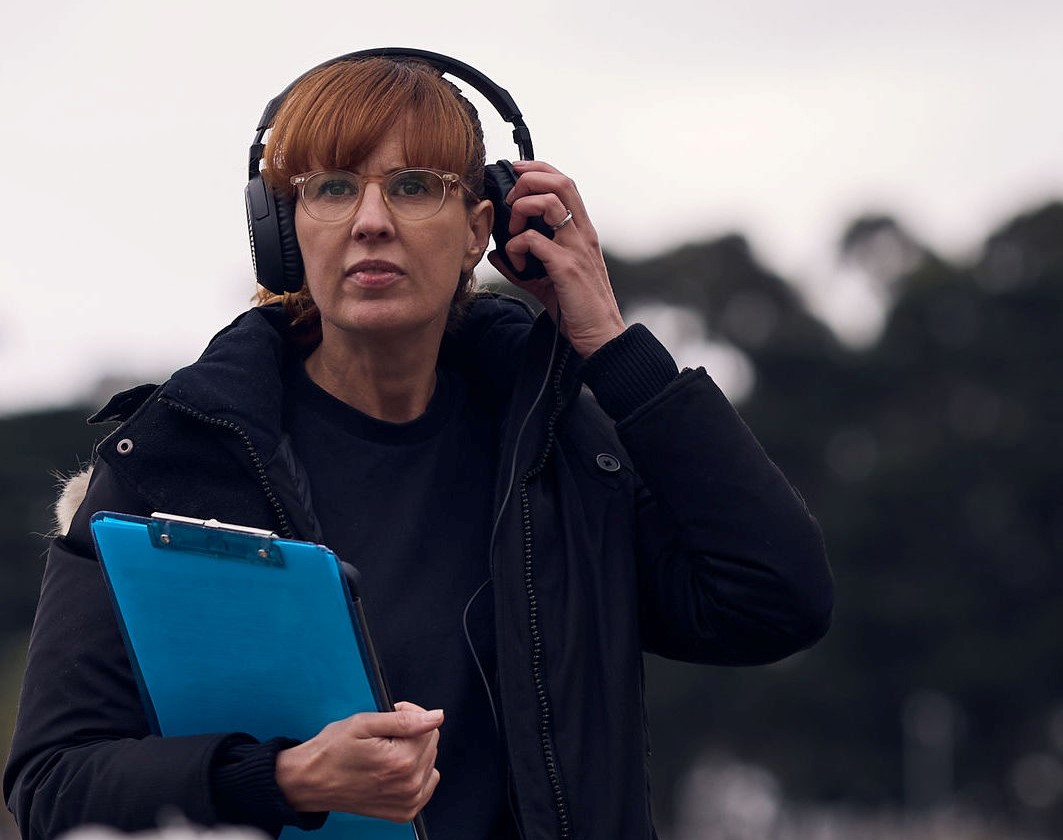
In New York, Emma stumbled across a story about a female scientist who had tried to save her husband's life with phage therapy. “It was this amazing story. And we pitched it to HBO and Netflix and a few other places, but no one was particularly interested, but I continued to be increasingly interested in phage therapy. It's a really simple science, using viruses to kill bacteria to save people's lives.” Emma struggled to understand why more of the medical and scientific community weren’t championing this form of therapy, instead her interest was met with scepticism.
In 2024, there’s still resistance to phage therapy in scientific and medical communities, Emma explains. This is not a new science. Its history can be traced back to France, but it was adopted by countries like Russia and Georgia and its practice is over a century old. “Because it has its origins in the former Soviet bloc, there are a lot of western doctors who still consider this ‘commie science’…. they think if it wasn’t in the textbook when they went through university, it’s not real.” Fortunately, these perspectives are shifting as more and more scientists and doctors see firsthand the life-saving potential of this therapy. However, as Emma discovered following the three patients featured in Last Chance to Save a Life, this science remains severely underfunded and under resourced.
It wasn’t until Emma moved back to Melbourne, when her infectious diseases doctor husband came home from work and said: ‘You know that phage therapy thing you're always banging on about, they're doing a trial in Melbourne.’ Emma quickly tracked down the scientists and introduced herself. “I realised instantly that they would be so interesting to watch in a documentary because they're young, they're full of life, they speak just like we do, they don't speak in jargon. And they're so passionate. They want more than anything for this to work. And so that was the moment I realised, yes, it's going to be a good documentary and it has to be made.”
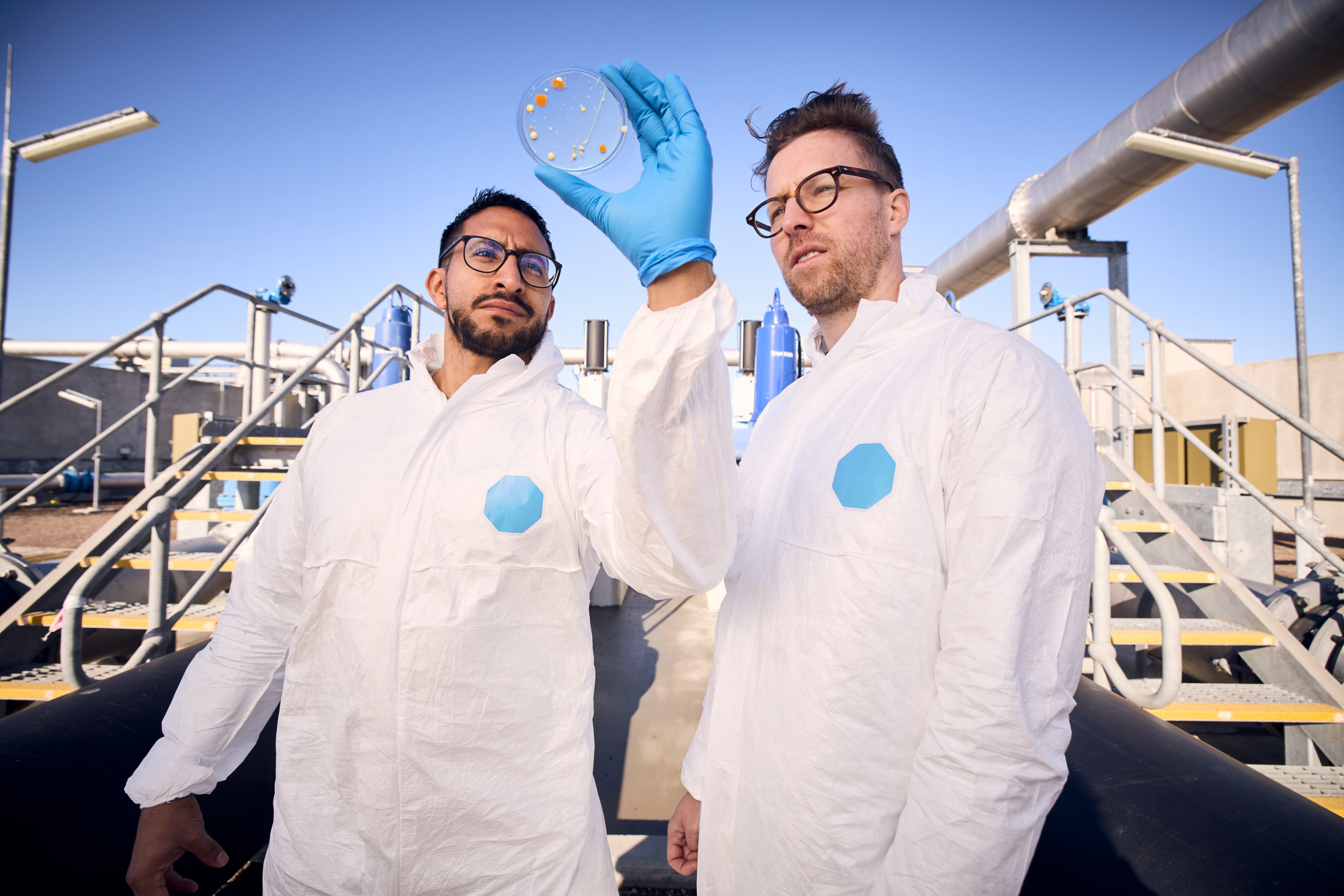 Dr Fernando Gordillo Altamirano and Associate Professor Jeremy Barr inspecting bacteria on Petri dish at the Western Treatment Plant, Melbourne. Photo by Ben King
Dr Fernando Gordillo Altamirano and Associate Professor Jeremy Barr inspecting bacteria on Petri dish at the Western Treatment Plant, Melbourne. Photo by Ben King
Emma secured funding through VicScreen’s Victorian Production Fund, as well as receiving a Director’s Attachment supported by VicScreen. “It's such a luxury to have an idea at home on your own…and then to get that funding…to be able to get a drone when you need a drone, or a really high-end DOP, or additional equipment to make it look as beautiful as possible…it's such a privilege and I'm so grateful to VicScreen and Screen Australia for letting us do that.” The additional support of a paid director’s attachment was instrumental to the film’s success, Emma continues. “Joseph Gatti shot all this specialist science footage and has been an amazing addition to our team…It's been a great interchange of information and VicScreen definitely made that happen, which was great.”
Gaining the trust of her subjects, both medical professionals and patients was critical to the film’s success, Emma says. Early on she teamed up with Executive Producers Sonya Pemberton and Producer Anna Mantzoros at Genepool Productions to enhance the project’s legitimacy. “We're serious documentary makers, we want people to understand the science, and we want to tell these stories in the most truthful way possible. Some of the people we follow in the film found out about phage therapy through another documentary, so we know that documentaries really have this intense power to inform and change people's lives for the better.”
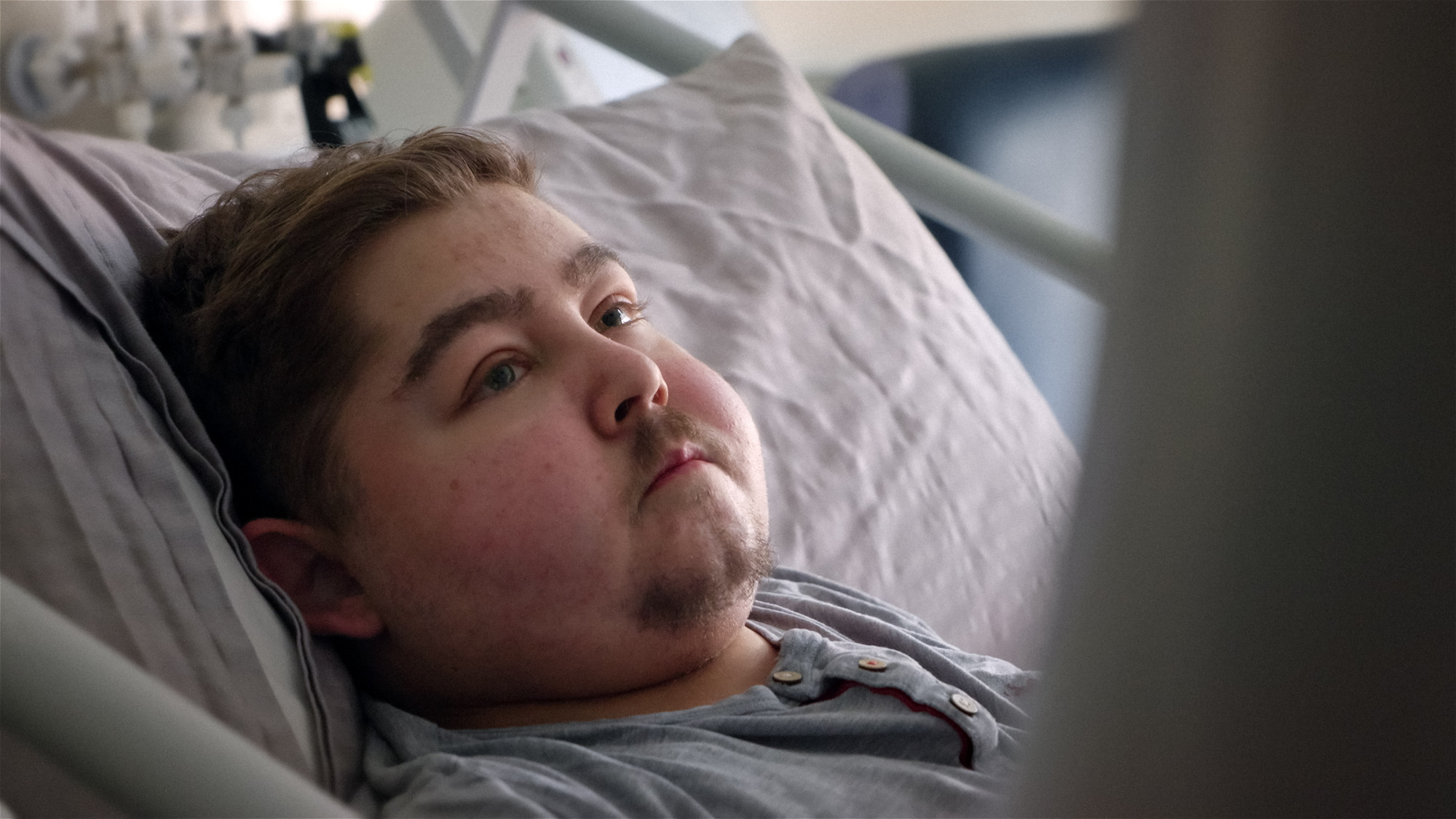 Ilario Franco listening to the doctor as he explains how phage therapy works at the Alfred hospital. Photo by Stu Heppel
Ilario Franco listening to the doctor as he explains how phage therapy works at the Alfred hospital. Photo by Stu Heppel
We’re living in a world where people don’t know what superbugs are, Emma says. “I actually find that terrifying, because they predict that this is going to be one of the biggest killers by 2050.” In 2019, drug-resistant infections were associated with almost five million deaths globally (that’s more than HIV, TB and malaria combined), and experts warn these infections may kill more people than cancer by 2050. “And yet, people don't even know what they are. Superbugs are just bacteria that can no longer be killed by antibiotics…If the film only does one thing, if it raises awareness about drug resistance and how precious our antibiotics are, I think I’ll be really proud of that.”
“We know that documentaries really have this intense power to inform and change people's lives for the better.”
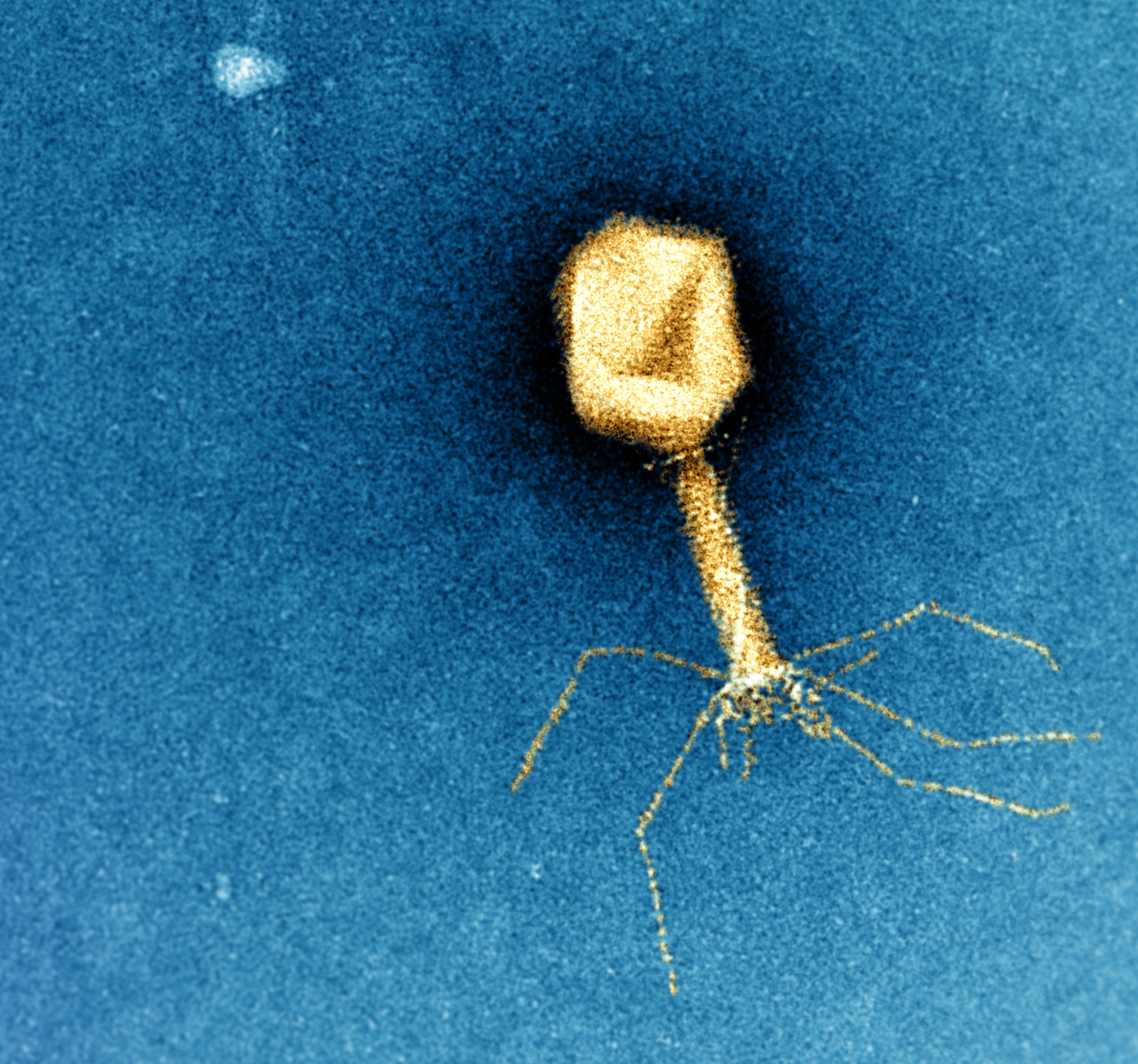
There’s a lot of hope in the film, Emma emphasises. “For the patients, there’s hope that this is going to be the answer for them, and then there’s a broader hope for the world that phage therapy is one answer to the looming superbug crisis we're all going to face.”
“The patients really motivated me by their ability to keep going when everything goes wrong. When faced with adversity, they never crumbled, they stood strong and kept going. It's so good to be able to show that part of their story in the film.”
“It's a huge emotional journey, and I hope this film shines a light on the science and makes people want to do something about this problem.”
Last Chance to Save a Life is now streaming on SBS on Demand